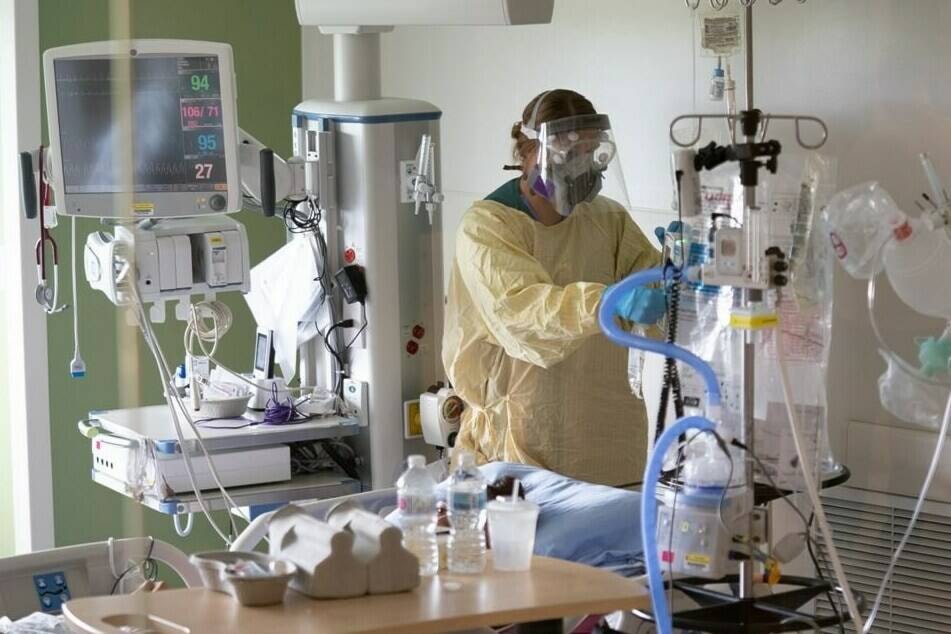Registered nurses who decide to work in Red Deer may now be eligible for a $10,000 relocation incentive as part of a joint United Nurses of Alberta and employer program to address the staffing shortage.
Nurses must switch at a new worksite at least 100 km from their current worksite, but don’t necessarily have to live there, and must work there for one year. The incentive also applies to nurses who go to Fort McMurray, Grande Prairie, Lethbridge, and Medicine Hat.
To increase nurses at rural or remote worksites in Alberta Health Services Central, South or North Zone, $15,000 is available to nurses. And those who decide to move to work in rural and remote communities can also be reimbursed $10,000 for moving expenses.
Heather Smith, president of the United Nurses of Alberta, said new graduates, nurses from out of province, and international nurses may find the offers attractive. Applications can be retroactive to April 1, 2022.
“Hopefully it will help places like Red Deer and other small locations across Central Zone to attract people and at least get a one-year commitment of work from them,” Smith said.
“It’s a Band-Aid, and it’s a small Band-Aid on a big gaping wound. But every little bit of help helps.”
Related:
Health care staffing shortages continue to hamper central Alberta facilities
In 2022, Alberta Health Services, Covenant Health, Lamont Health Care Centre, the Bethany Group and the United Nurses of Alberta created the Rural Capacity Investment Fund Committee to support nurse retention, recruitment, and relocation at rural sites.
Smith said relocation incentives are meant to help in the short term, but won’t be enough stabilize the workforce in small cities and rural areas.
“You might lure them to the workplace but if you’re not providing a stable, desirable environment, people just move. There are a whole lot of mobility options.”
She said Red Deer Regional Hospital Centre does not have a good workplace reputation, particularly in the emergency department.
“I think there are a lot of nurses in Red Deer who do not feel they have a supportive workplace, or that their concerns aren’t heard around patient safety. There are some very heartbreaking stories of people who have worked in the emergency department for years and just cannot put themselves through the daily pain of what’s going to go wrong.”
Related:
Red Deer Polytechic welcomes bursaries for low-income nursing students
She said Alberta’s health care system just does not have enough beds nor staff to serve its population.
“When places like Red Deer, or Camrose are at their max, it pushes out to everybody. It pushes out to the small sites, whether it’s Lacombe or Olds, and it also pushes out and adds increased stress and pressure to the community-based services. It’s not just one piece that gets affected when Red Deer’s full.”
But Albertans keep being told that help has arrived, and everything is fine, Smith said.
“There’s certainly a whole lot of political effort being exerted right now to tell Albertans that everything is okay. Don’t worry everything is fixed. From the people inside the system, it’s not fixed.”
szielinski@reddeeradvocate.com
Like us on Facebook and follow us on Twitter
